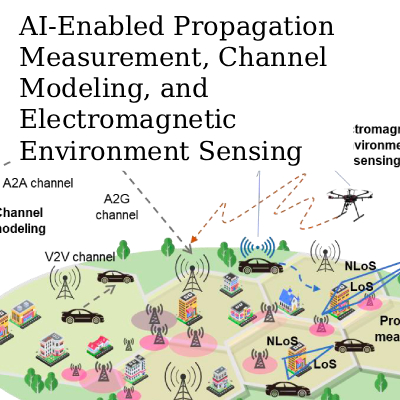Download Call for Papers (PDF)
Submission Deadline: May 1, 2022
 Aims & Scope: Electromagnetic inverse problems (EIPs) represent a well assessed topic within the Antennas and Propagation society, addressed by a wide range of scientists with multidisciplinary backgrounds and expertise. EIPs are an active area of research due to a rich theory and many relevant applications. For instance, they are relevant to geophysical exploration, medical imaging, antenna diagnostics and synthesis. However, due to ill-posedness of this class of problems, the quest to develop reliable, accurate and effective solution methods is ongoing.
Aims & Scope: Electromagnetic inverse problems (EIPs) represent a well assessed topic within the Antennas and Propagation society, addressed by a wide range of scientists with multidisciplinary backgrounds and expertise. EIPs are an active area of research due to a rich theory and many relevant applications. For instance, they are relevant to geophysical exploration, medical imaging, antenna diagnostics and synthesis. However, due to ill-posedness of this class of problems, the quest to develop reliable, accurate and effective solution methods is ongoing.
The scope of this Special Section is to collect original contributions related to unconventional techniques and/or applications dealing with electromagnetic inverse problems, as well as comprehensive review articles which describe the current state of the art. More specifically, contributions related to theoretical advances and the development of novel and unconventional solution procedures are encouraged, with emphasis on cutting-edge techniques. A potential example is machine learning and more specifically deep learning-based solution procedures. Other examples can include multi-physics imaging approaches, which combine information extracted from different imaging modalities (such as ultrasound, microwave and magnetic resonance imaging) in order to improve the inversion reliability and resolution. In addition, contributions on unconventional applications, which seek to advantageously apply inverse problems theory for non-standard purposes, are especially welcome. Potential examples include inverse scattering tools as a way to synthesize innovative microwave devices as well as automated techniques in industrial applications. Submitting authors should provide a short justification/explanation in the cover letter in order to emphasize the unconventional aspect of the proposed paper.
Potential topics include but are not limited to the following:
- Theoretical breakthroughs and advances in electromagnetic inverse source and inverse scattering problems.
- Innovative approaches for electromagnetic inverse problems.
- Electromagnetic inverse problems in imaging applications, including biomedical imaging, through-wall or ground-penetrating radar imaging, safety and security surveying, industrial nondestructive testing and evaluation.
- Inverse problems in design of electromagnetic devices.
- Inverse problems in electromagnetic field prediction.
- Inverse problems in electromagnetic field intensity shaping.
- Inverse problems in multi-physics quantitative imaging.
Keywords:
- Inverse problems
- Inverse scattering problems
- Inverse source problems
- Electromagnetic imaging
- Inverse design
- Unconventional techniques
- Non-standard applications
Lead Guest Editor
Martina T. Bevacqua
Università Mediterranea di Reggio Calabria, Italy
Maokun Li
Tsinghua University, China
Guest Editors
Rosa Scapaticci
National Council of Research of Italy – Institute for the Electromagnetic Sensing of the Environment, Italy
Ian Jeffrey
University of Manitoba, Canada














